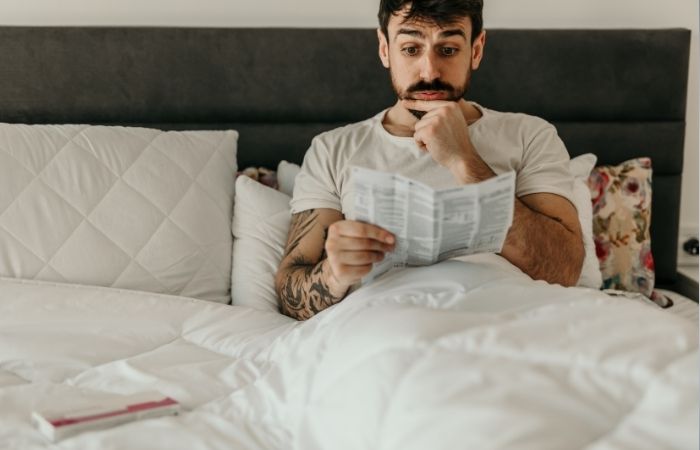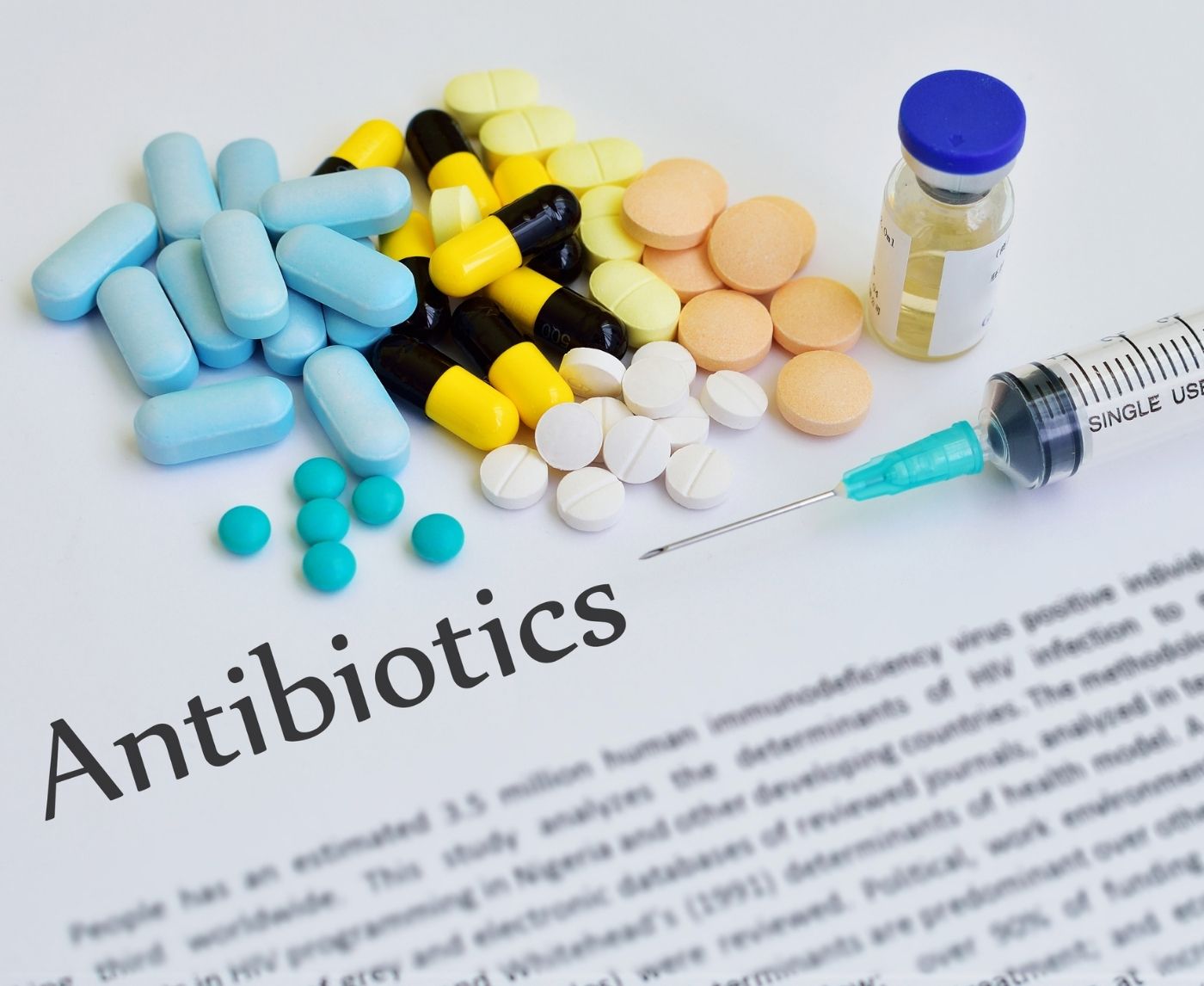Quick Answer: Oral antibiotics (like azithromycin or doxycycline) or injections (like ceftriaxone or penicillin) are the most common ways to treat bacterial STDs like chlamydia, gonorrhea, and syphilis. The right medicine depends on the type of infection you have, your symptoms, and any worries you have about resistance. There are still one-pill cures, but they don't work for everyone.
Why You Can’t Just Guess the Right STD Treatment
If you’re thinking, “I’ll just Google the name of an antibiotic and order it,” slow down. The truth is, different STDs need different medications, and getting it wrong can make things worse, especially with rising antibiotic resistance. Some infections can only be cured with a shot. Others clear up with a simple pill. And a few require combination therapy or follow-up testing.
Let’s look at a real-world example:
Scenario: You had unprotected sex five days ago. Now you’ve got burning when you pee. You assume it’s chlamydia and take leftover antibiotics from a friend. The symptoms fade a bit… but they don’t go away. Two weeks later, you test positive for gonorrhea, and by then, your partner’s infected too.
Why it matters: Gonorrhea and chlamydia often feel the same, but they require different drugs. One uses oral antibiotics, the other may need an injection. Getting it wrong delays your recovery and risks spreading it to others.
Bottom line? Know what you’re treating, then pick the right tool.

People are also reading: HIV Shots Work in Seniors, Here’s What It Means for Testing
STD Symptoms and What Antibiotic You Might Get
Here’s a plain-English guide to which antibiotic treatments are used for each major bacterial STD today, based on symptoms and diagnosis. This chart doesn’t replace testing, but it’ll help you know what to expect if you do test positive.
| STD | Common Symptoms | Standard Antibiotic(s) | How It’s Taken |
|---|---|---|---|
| Chlamydia | Burning urine, discharge, pelvic pain | Doxycycline or Azithromycin | Oral pill (7-day course or single dose) |
| Gonorrhea | Painful urination, discharge, testicular pain | Ceftriaxone (sometimes + Doxycycline) | Injection (1 dose) + oral pills |
| Syphilis (primary/secondary) | Sores, rashes, swollen lymph nodes | Penicillin G (Benzathine) | Injection (1–3 doses depending on stage) |
| Trichomoniasis | Frothy discharge, itching, odor, discomfort | Metronidazole or Tinidazole | Oral pill (single or multi-day dose) |
| Mycoplasma genitalium | Urethritis, cervical inflammation | Doxycycline + Moxifloxacin (if resistant) | Oral pill (multi-drug regimen) |
Table 1: Matching common STDs to first-line antibiotic treatment in 2025. Always confirm with testing, some symptoms overlap.
If you don’t know what you’ve been exposed to, try this STD Risk Checker Quiz to narrow it down before ordering a test or seeking treatment.
One Pill or a Shot? What You’ll Actually Be Given
Let’s break this down. When people say “I took a pill and it cleared up,” they’re usually talking about chlamydia or trichomoniasis. Both respond well to oral antibiotics, especially when caught early. But that doesn’t mean all STDs are one-pill-and-done situations.
Gonorrhea? It’s increasingly resistant to common drugs. These days, it often requires a shot of ceftriaxone, typically given in the butt or upper thigh, plus a course of oral pills like doxycycline if there’s a chance of co-infection with chlamydia.
Syphilis? You’re definitely getting a shot, usually penicillin, injected deep into the muscle. Depending on the stage, you might need one, two, or even three doses spaced over weeks.
Mycoplasma genitalium? It’s a rising star in the “hard to kill” STD club. Doctors often start with doxycycline, then switch to a stronger antibiotic (like moxifloxacin) if it doesn’t clear. No over-the-counter cure here, this one needs precision.
How Fast Do STD Antibiotics Work?
It depends on the infection and how long you’ve had it. But here’s a rough timeline for what to expect once you start treatment:
| Infection | When Symptoms Start Improving | When You’re No Longer Contagious |
|---|---|---|
| Chlamydia | 1–3 days | 7 days after starting treatment |
| Gonorrhea | 1–2 days after injection | 7 days after injection + pills |
| Syphilis | Few days to a week | After last penicillin shot (verify with provider) |
| Trichomoniasis | 1–2 days | 7 days after treatment |
| Mycoplasma genitalium | 2–5 days (if treatment works) | Until follow-up test confirms clearance |
Table 2: Approximate healing timelines. Contagiousness varies, always finish your meds and wait the full 7-day no-sex period unless your doctor says otherwise.
Still feeling symptoms after treatment? Don’t panic, but don’t ignore it either. You might need a second round, a different drug, or further testing. Start with this article on STD testing windows to make sure your timing was right.
Check Your STD Status in Minutes
Test at Home with Remedium7-in-1 STD Test Kit

 For Men & Women
For Men & Women Results in Minutes
Results in Minutes No Lab Needed
No Lab Needed Private & Discreet
Private & DiscreetOrder Now $129.00 $343.00
For all 7 tests
What If the Antibiotics Don’t Work?
This happens more than you think. Some STDs, especially gonorrhea and mycoplasma, are becoming harder to treat with first-line antibiotics. That’s called resistance, and it’s one of the biggest reasons symptoms come back or never fully go away.
Red flags your treatment didn’t work:
- Still having symptoms 5+ days after finishing meds
- New or worsening discharge, pain, or swelling
- Partner wasn’t treated (you’re just ping-ponging it)
- You weren’t tested before treatment (wrong drug)
Misdiagnosis is also common. Chlamydia, gonorrhea, and trichomoniasis can all feel similar. If you got treated for the wrong one, the symptoms may linger. That’s why testing matters before taking antibiotics, especially if you’re treating at home.
Still stuck? Retest, switch meds, or talk to a provider. Your first test might’ve missed something.
You’ve Got Options. Start With a Test That Tells You What to Treat.
Whether you need a pill, a shot, or both, it all starts with knowing what you’re dealing with. At-home test kits can help you figure that out discreetly, quickly, and without the awkward clinic convo. This combo test kit checks for chlamydia, gonorrhea, syphilis, and more, all from home.
You don’t need to guess anymore. Get tested, get answers, and then you’ll know exactly what antibiotic you need, and what comes next.
After the Antibiotics: What Happens Next?
Let’s say you got the meds, took them (or got the shot), and your symptoms are calming down. So are you good to go? Almost. Here’s what most people forget after treatment:
- No sex for 7 days. Even if you feel better in 24 hours, your body needs time to fully kill the infection. Jumping back into bed too soon can spread the STD, even if you’re halfway healed.
- Retest if needed. For chlamydia and gonorrhea, most experts recommend retesting after 3 months (or sooner if symptoms linger). Syphilis and mycoplasma often require follow-up bloodwork to confirm the infection is gone.
- Get your partner treated, now. Otherwise you’ll just keep passing it back and forth. Even if they feel fine, they could still be infected. One convo now saves you both a lot of drama later.
- Watch for lingering symptoms. Not all symptoms clear instantly. But if you're still hurting, discharging, or uncomfortable after a week, follow up. It might be the wrong drug, or the wrong diagnosis.
What If You Can’t Afford STD Treatment?
You're not the only one. Doxycycline and azithromycin are two common medications that are usually cheap, sometimes less than $20. But shots like ceftriaxone or penicillin G can be more expensive and may only be available at a clinic. If you're worried about money, privacy, or both, here's what to do:
- Telehealth clinics: Websites like Nurx, Wisp, or HeyDoctor can give you an STD prescription without you having to see a doctor in person. Simply fill out a form, pay a set amount, and have your medications sent to your home or local pharmacy.
- Free or low-cost clinics: Planned Parenthood and your local health department often offer STD treatment for free or at a lower cost. You can find one near you at GetTested.cdc.gov.
- You can now order test kits online, get a diagnosis through telehealth, and get prescriptions, all without having to go to a clinic. STD Rapid Test Kits gives you quick, private tools for testing and getting help with treatment.
Money or shame shouldn't keep an infection from going away. You have more access than you think.

People are also reading: Can You Catch Hepatitis B From Dried Blood? What Science Actually Says
Stigma Sucks, But Treatment Doesn’t
You’d be shocked how many people delay getting antibiotics because they’re embarrassed. Here’s the truth: most STDs are curable. What makes them scary isn’t the infection, it’s the silence around it.
You don’t have to tell your mom. You don’t have to post it on social. But you do deserve to feel better, protect your partners, and stop wondering “what if?” every time something feels off.
Testing and treatment don’t define you, they free you. From pain. From shame. From not knowing.
Get Tested. Get Treated. Get On With It.
Still not sure what you were exposed to? Not sure which meds are right? It starts with one decision: finding out. Order a combo STD home test kit, test in private, and get results in minutes. You’ll know exactly what you’re dealing with, no guessing, no Googling symptoms at 2AM.
Then, and only then, can you pick the right antibiotic and move on with your life. Fast, affordable, and confidential. You got this.
Check Your STD Status in Minutes
Test at Home with Remedium3-in-1 STD Test Kit

 For Men & Women
For Men & Women Results in Minutes
Results in Minutes No Lab Needed
No Lab Needed Private & Discreet
Private & DiscreetOrder Now $69.00 $147.00
For all 3 tests
FAQs
1. Is it really possible to treat an STD with just a single pill?
Yep, sometimes. Chlamydia and trichomoniasis are the big two where a one-dose treatment can knock it out. But that’s only if you’re dealing with the right infection, and the bacteria haven’t gotten fancy with resistance. It’s not a “magic pill” for every situation, but in the right case? Fast, done, goodbye symptoms.
2. What kind of STD needs a shot instead of pills?
Gonorrhea and syphilis top that list. Gonorrhea’s gotten tough, it often laughs at pills now. That’s why a one-time ceftriaxone injection is the go-to, sometimes with extra oral antibiotics. Syphilis? Classic penicillin shot. And no, there’s no over-the-counter workaround. This one goes straight in the muscle, courtesy of a nurse with a steady hand.
3. How soon should I feel better after starting antibiotics?
For most people, symptoms start easing up in 1 to 3 days, less burning, less discharge, less “oh god what is happening.” But that doesn’t mean you’re fully healed. Your body still needs time to clean house, and you’re likely contagious for a full week. Set a 7-day timer before any bedroom activity resumes.
4. What if my symptoms don’t go away after treatment?
That’s your sign to check back in. Either the meds didn’t work, you got the wrong infection treated, or your partner wasn’t treated and gave it back. It happens. Doesn’t mean you did anything wrong. Just means it’s time to retest, maybe swap antibiotics, and try again, with backup this time.
5. Can I get treated without seeing a doctor face to face?
Totally. There are telehealth providers who’ll listen to your symptoms or review test results online and prescribe what you need, no office visit required. Some even ship the meds to your door. Just make sure you’re going through a legit platform, not mystery pills from a sketchy website.
6. Is it safe to use leftover antibiotics from a friend?
We get the temptation, but hard no. First, you might have the wrong STD. Second, dosage matters. And third, partial or mismatched treatment can lead to resistance. It's like throwing random tools at a locked door and hoping it opens. Not how your body, or your infection, works.
7. Can I have sex before I finish the antibiotics?
Please don’t. Even if your symptoms vanish in 48 hours, you’re still contagious for about a week. Think of it like the leftovers in your fridge, just because it looks gone doesn’t mean there isn’t something lurking. Wait the full 7 days post-treatment before getting busy again.
8. Do I need to tell my partner I had an STD?
If they were exposed, yes. You don’t need to give them your whole medical history, but you do owe them the heads-up. It can be as simple as: “I tested positive, got treated, and I wanted you to have the info so you can get checked too.” Respect + responsibility = less drama later.
9. Is retesting really necessary if I feel fine?
In a word: yes. Some STDs can linger silently, even after treatment. Others can come back if your partner didn’t get treated too. Retesting is like running a second lap, not always exciting, but it makes sure you cross the finish line for real.
Where can I get tested again without going to a clinic?
10. Right here. Use a combo STD home test kit to check for the most common infections from your own bathroom. No waiting room. No awkward questions. Just answers, and a plan.
How We Sourced This Article: We combined clinical recommendations, drug resistance data, and patient-centered guidelines from respected health authorities to provide a practical and accurate overview. Around fifteen reputable sources informed this article; below, we’ve highlighted some of the most relevant and reader-friendly sources.
Sources
1. CDC – STD Treatment Guidelines 2021
2. WHO – STI Treatment Guidelines
3. Mayo Clinic – STD Diagnosis & Treatment
4. Sexually Transmitted Infections Treatment Guidelines, 2021 | CDC
5. Sexually Transmitted Infections Treatment Guidelines, 2021 – Workowski et al. (MMWR) | PubMed
About the Author
Dr. F. David, MD is a board-certified infectious disease specialist who works to stop, diagnose, and treat STIs. He combines clinical accuracy with a straightforward, sex-positive approach and is dedicated to making his work more accessible to readers in both cities and rural areas..
Reviewed by: Dr. Lena A., MPH | Last medically reviewed: November 2025
This article is for informational purposes and does not replace medical advice.










